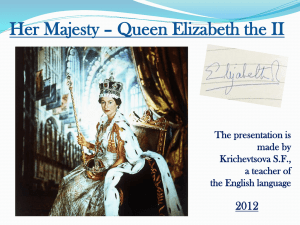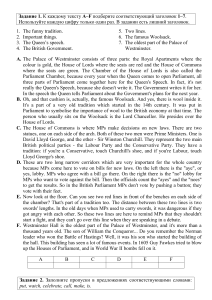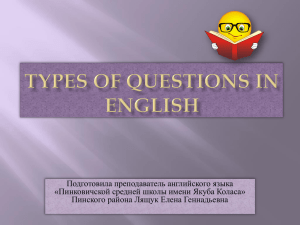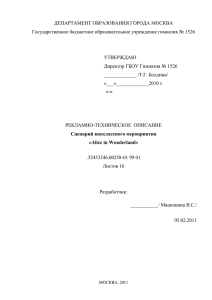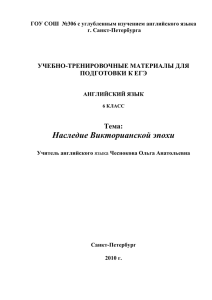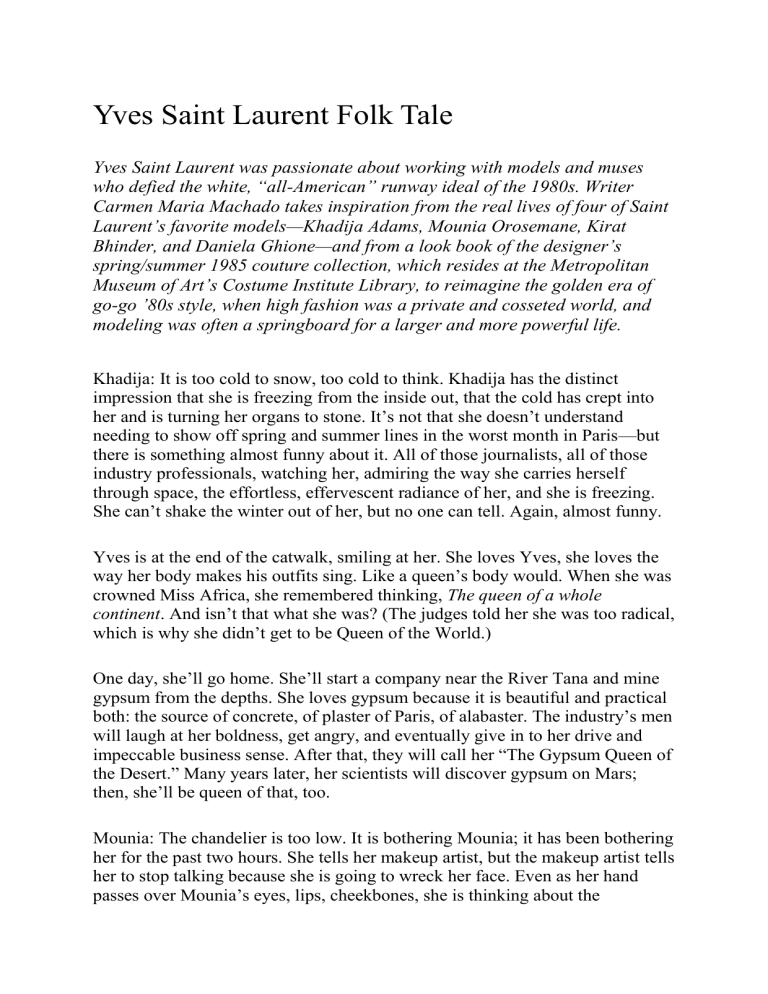
Yves Saint Laurent Folk Tale Yves Saint Laurent was passionate about working with models and muses who defied the white, “all-American” runway ideal of the 1980s. Writer Carmen Maria Machado takes inspiration from the real lives of four of Saint Laurent’s favorite models—Khadija Adams, Mounia Orosemane, Kirat Bhinder, and Daniela Ghione—and from a look book of the designer’s spring/summer 1985 couture collection, which resides at the Metropolitan Museum of Art’s Costume Institute Library, to reimagine the golden era of go-go ’80s style, when high fashion was a private and cosseted world, and modeling was often a springboard for a larger and more powerful life. Khadija: It is too cold to snow, too cold to think. Khadija has the distinct impression that she is freezing from the inside out, that the cold has crept into her and is turning her organs to stone. It’s not that she doesn’t understand needing to show off spring and summer lines in the worst month in Paris—but there is something almost funny about it. All of those journalists, all of those industry professionals, watching her, admiring the way she carries herself through space, the effortless, effervescent radiance of her, and she is freezing. She can’t shake the winter out of her, but no one can tell. Again, almost funny. Yves is at the end of the catwalk, smiling at her. She loves Yves, she loves the way her body makes his outfits sing. Like a queen’s body would. When she was crowned Miss Africa, she remembered thinking, The queen of a whole continent. And isn’t that what she was? (The judges told her she was too radical, which is why she didn’t get to be Queen of the World.) One day, she’ll go home. She’ll start a company near the River Tana and mine gypsum from the depths. She loves gypsum because it is beautiful and practical both: the source of concrete, of plaster of Paris, of alabaster. The industry’s men will laugh at her boldness, get angry, and eventually give in to her drive and impeccable business sense. After that, they will call her “The Gypsum Queen of the Desert.” Many years later, her scientists will discover gypsum on Mars; then, she’ll be queen of that, too. Mounia: The chandelier is too low. It is bothering Mounia; it has been bothering her for the past two hours. She tells her makeup artist, but the makeup artist tells her to stop talking because she is going to wreck her face. Even as her hand passes over Mounia’s eyes, lips, cheekbones, she is thinking about the insufficiencies of the room outside. This has long been Mounia’s problem. Things are always a little too close, a little too tall, a little too long. She calls it her “tension” because she doesn’t know what else to call it; a sense that the world around her is slightly off in ways she has difficulty explaining. Off, and also boring. She is afraid to fix it herself—she has good reason—but Yves gets her. He gives her color, verve, silk, scent, feathers. Things to play with and shape to her will. When she was a girl, everything she drew came to life. A mouse roughly sketched with pencil in the back of her schoolbook: soon running around the house, tormenting her mother. A boy with a sweet smile outlined in chalk on her bedroom wall: he dropped a kiss to her forehead before walking off into the night. She stopped drawing because she was afraid of her own power; she did not think she wanted to be a god. Every time she passes under the chandelier, she expects to hit it, though she never does. One day, she’ll become a painter. The minute she faces her first canvas she’ll feel her whole body relax; like she’s found something she’s been searching for her entire life. She has been on so many magazine covers, so many ramps, and only here, in front of an empty space, does she feel this kind of control, this kind of contentment. The truth of it fills her, like wine or rage or love: Muse or artist, god or subject, she wants, always, to be both. Kirat: Kirat loves shows, the way feminine energy washes over the dressing rooms. It reminds her of boarding school at Welham; the elemental intimacy of it, the soft burbling pond of laughter, sweat, powders. On this night, she is slipping on her heels when she remembers, suddenly, her friend Deepa, and the cool winter night they stole the groundskeeper’s car. They drove to Guchhupani, Robber’s Cave, and stood in its narrow length under a full and radiant moon. Kirat remembers the way the thin and radiant light slipped and pooled, and she had a brief moment of panic that it would drown her. But then Deepa took her hand (Deepa, kinder than her reputation) and said: “Let it fill you, don’t be afraid.” And she did. After that, they drove to the Song River and swam in its shallows. They got back to school by sunrise; no one was the wiser. After that, Kirat was constantly finding light everywhere: sparks of it tangled in her hairbrush, a glow smeared on the edge of her water glass, silver dust under her nails. Even now, even tonight, as she stands and finds her balance in her shoes, the light is pricking her from the inside. One day, she will find love and lose it and find it again and then have it taken from her and then find it once more. This is how her life has always been— everything gained and lost and gained again, sometimes overlapping like waves. And through it all, the light singing to her, high and solemn: Don’t be afraid. Daniela: This is Daniela’s theory: She is immortal and has cycled through many existences. She does not tell anyone, for fear that they will disbelieve her, test her, or hang her for witchcraft. When she was a teenager, a palmist took up her hand at a fair and after a moment of scrutinizing slapped it away as though it was on fire. Daniela tried to get her to explain, but the woman refused, and after that Daniela began to have dreams: She was the handmaid of a queen of an ancient nation; she carried lilies for her mistress’ late husband after his heart stopped in Bangkok; she modeled for a minor Flemish painter. On this night, she has the realization that she has been here before. Not recently, not in this lifetime, but somewhere in history she walked on a narrow length before many eyes over French soil. Was she a cat? A bride? A servant? There is no way of telling. One day, she’ll find a stone on the sidewalk outside of her flat, and when she turns it over, the answer—the answer to her immortality, to her many pasts and many futures—will be etched there, simple as anything. And she will carry it to the river and launch it over the water with an expression only her lovers would recognize: hard, and laughing.

